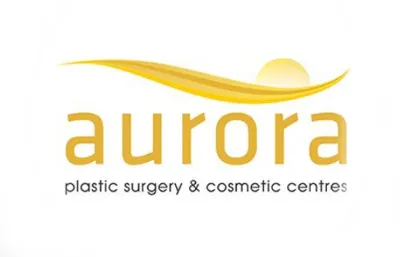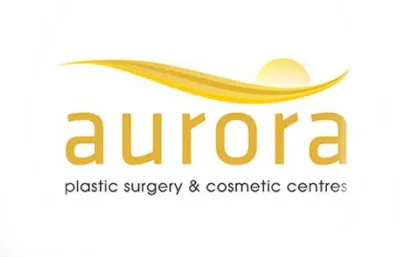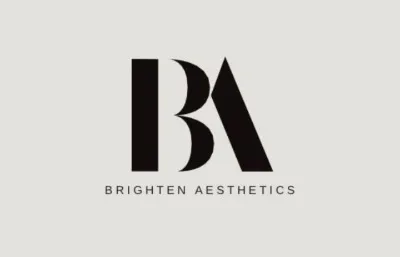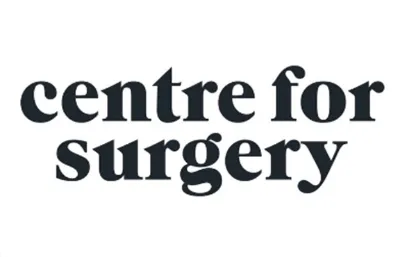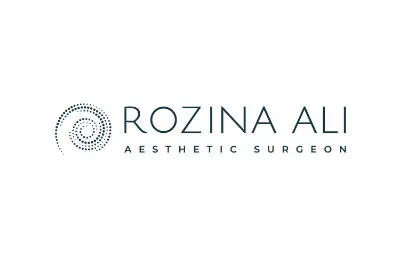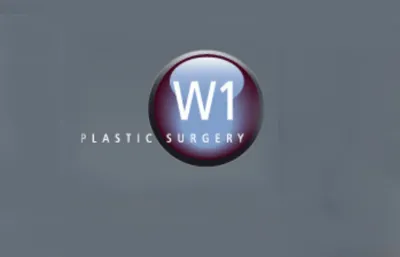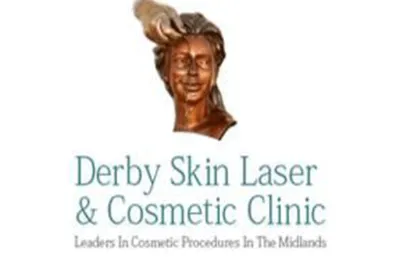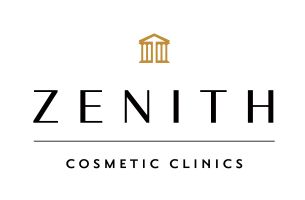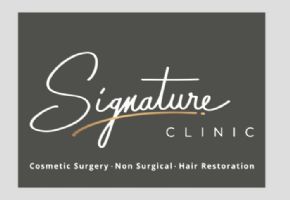There are several different cosmetic procedures used for the enhancement or reduction of the nipple or brownish area around the breast which is called the areola. These treatments are available for both men and women.
Nipple reconstruction is an appropriate procedure for women who have had a mastectomy (breast removal) with the loss of the nipple and/or the areola, but many women also seek to change the shape or size of their nipples purely for cosmetic purposes.
According to 2005 statistics from the American Society for Aesthetic Plastic Surgery (ASAPS), there were 86 cosmetic nipple enlargements (a decrease of 88% on 2004) and over 4,100 breast nipple reductions (a decrease of 13% on 2004) performed in the USA in that year. (Note: ASAPS appear to have stopped reporting on statistics for cosmetic breast nipple enlargement and breast nipple reduction procedures after 2005).
We do not yet have any similar statistics for this country, but we do know that many practitioners are performing successful operations in the U.K.
Many women with only minimal drooping or sagging of the breasts can have a simple nipple elevation carried out as an outpatient operation. This is a surgical procedure where the nipple is raised about 1.5 to 2 cm above its existing level to enhance its appearance and make the breast look more pert.
Inverted nipples or retraction of the nipples is a relatively common condition. This occurs when the nipple ducts inside the breast are shorter than normal and this causes a pulling inward of the nipple. Retraction of the nipple is caused by a short milk duct system running from the chest wall to the nipple. Although this is a harmless medical condition, it is usually seen as a problem for women who wish to breast-feed. Some women also see it as a visible imperfection which can make them feel self-conscious about their breasts.
Contrary to popular belief, however, breastfeeding does not involve the nipple so much as the breast itself. A hungry infant can achieve quite a vacuum by pulling a moderately recessed nipple out into his/her mouth. Many women interested in breastfeeding are concerned that their nipples are inverted, whereas in reality their nipples will serve quite adequately--when the time comes--without medical assistance.
There are some devices marketed today that may help to cure inverted nipples; one is known as the Niplette that uses a suction type device to gradually suck the nipple out and stretch it over a period of one to three months.
For more information on the Niplette please visit www.avent.com.
Development of nipple retraction in adults should be checked out thoroughly by a doctor first, however, to make sure a tumour is not the cause of retraction.
If you are considering cosmetic surgery as an option for improving nipple retraction, the following information will give you a basic understanding of the procedure. It can't answer all your questions, since a lot depends on the individual patient and the surgeon.
Please ask a surgeon about anything you don't understand.

